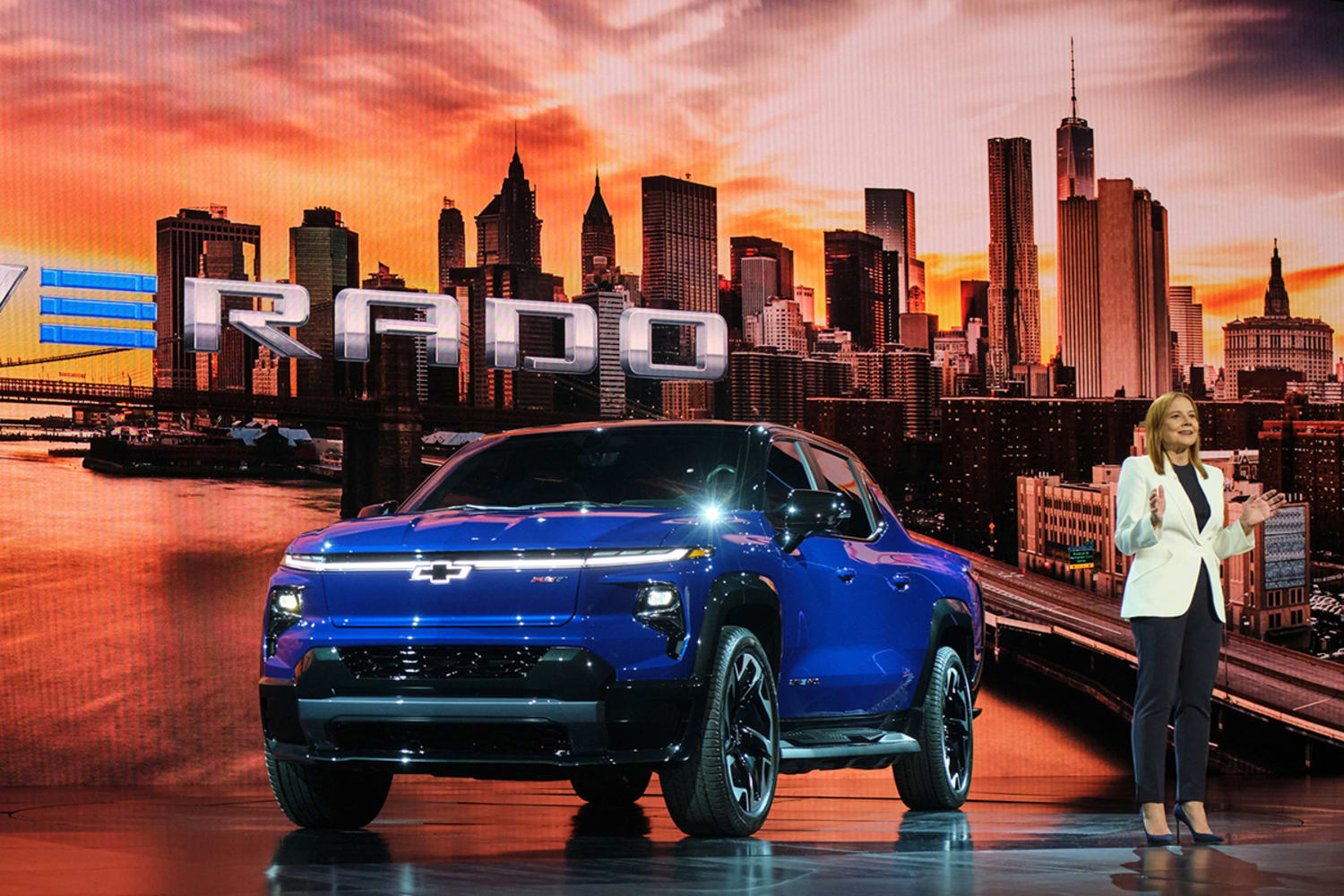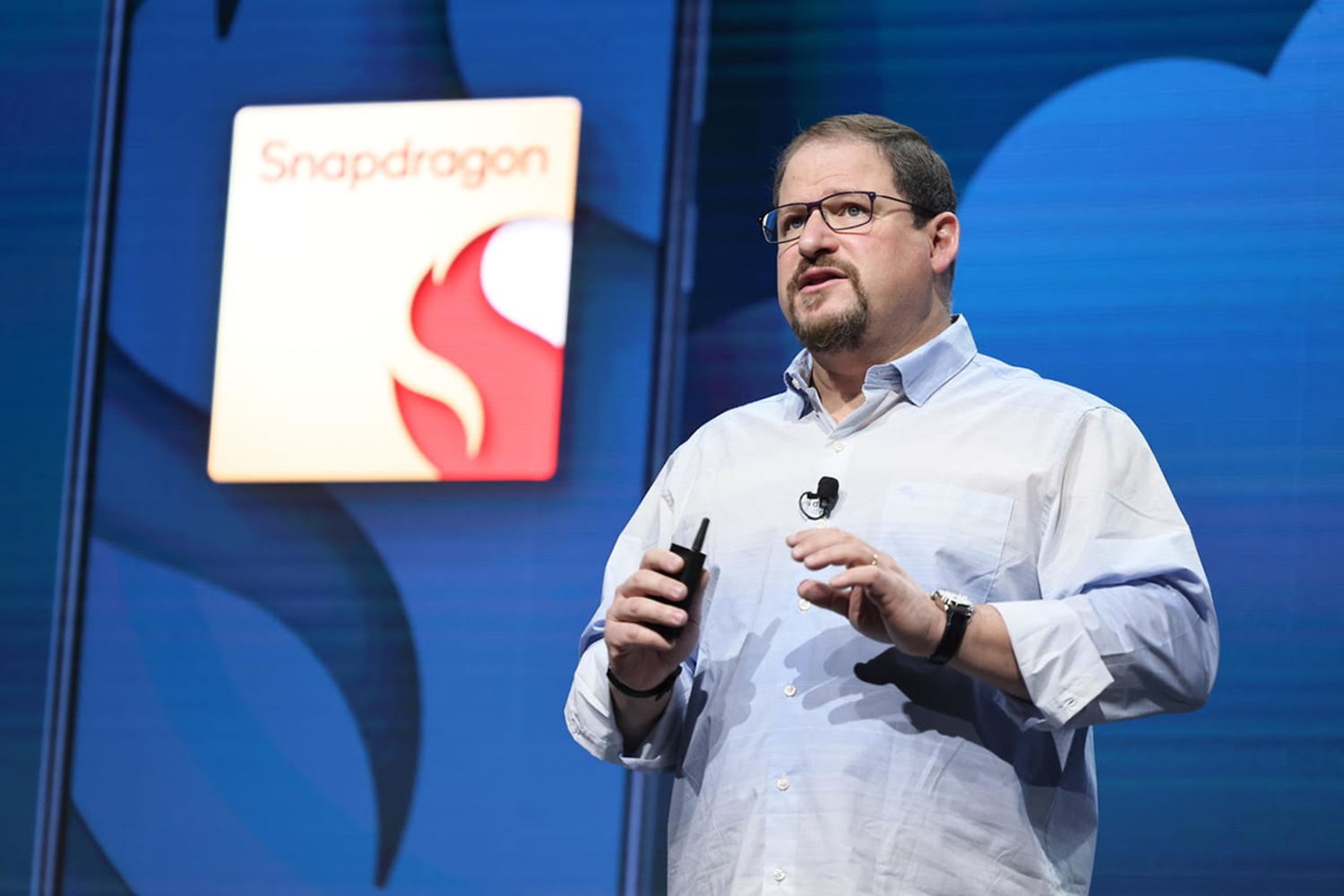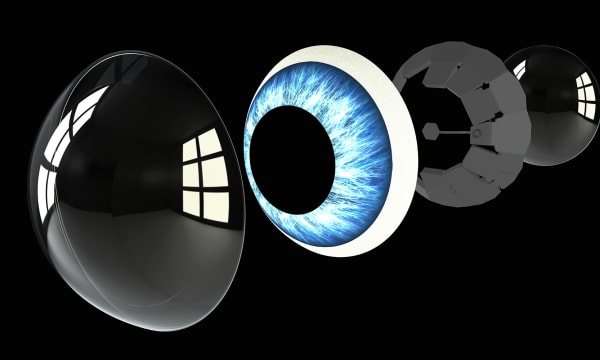From keynote speakers to entertainment firms, automotive vehicles were a popular topic at CES 2022. What does the future driving experience hold? Emotionally responsive environments, biometric-based personalization, self-updating technology and enhanced entertainment.
Big brands from adjacent sectors are tapping into the auto industry.

General Motors Chair and CEO Mary Barra began this year’s keynote address with a focus on GM’s transition from automaker to technological innovator. The virtual showcase announced the Ultifi platform: automotive software that will customize the driving experience in a responsive environment, seamlessly connecting the vehicle functionality to the consumer’s digital life. As the foundational software for the future of these “smart” cars, the automobiles will improve and update continuously – not unlike a smart phone - and “deliver new features and apps to customers in a fraction of the time,” GM president Mark Reuss stated.
Cadillac debuted its autonomous electric car concept, part of their Halo Portfolio of vehicles. The Innerspace, a two-to-six person EV, resembles a spaceship inside and out with its panoramic glass doors, a spacious cabin, and a rotating roof and seats for comfortable exit and entry. The vehicle's AI-driven biometric sensing capabilities offer riders a personalized selection of thematic experiences via a panoramic SMD LED display: Augmented Reality Engagement, Wellness Recovery, and Entertainment.

Sony announced
plans to tap into the electric car market. Chairman, President and CEO Kenichiro Yoshida confirmed long-held suspicions that the company plans to launch Sony Mobility Inc. this coming spring. The Sony Vision-S 02 electric SUV debuted live at CES, “developed on a foundation of safety, adaptability and entertainment,” Yoshida told attendees, possibly redefining the future relationship of travel and entertainment.

Qualcomm is also shifting gears, introducing its mobile smartphone technology into mobiles with its “digital chassis” strategy. The Snapdragon Ride Vision System will use onboard cameras to deliver advanced driver assistance starting in 2024. Qualcomm’s digitized dashboard could introduce new age onboard entertainment in a deal with Honda, Volvo and Renault this year. In a comment about the company’s automotive-pivot, Chief Executive Cristiano Amon said that “Car companies, many of them now, are tech companies. Technology assets have become extremely important” to the automobile industry.

BMW’s showcase featured lights, cameras, and color-changing paint. Using E Ink, technology found in e-readers, the color-changing paint technology would theoretically allow drivers to change the vehicle’s color from white to gray to black with the touch of a button. The automaker highlighted consumer desire to customize the outside as well as the inside of their vehicle. Chatter about the color variation’s ability to absorb or reflect sunlight gained some attention from viewers as well.
LG unveiled their Vision OMNIPOD concept, where work, entertainment, and home living can coexist in an adaptive cabin that can reconstruct for a passenger's needs. The automobile adjusts for home-living, includes a "Meta Environment Screen" for virtual entertainment and adaptive interior adjustments, and Reah, the AI virtual assistant.
CES 2022 revealed a growing interest in automotives from high-profile companies in adjacent industries, from entertainment to tech. The car is becoming much more than just a car; it continues to serve as an extension of the home, and technology companies are harnessing the potential to personalize, protect, and comfort passengers along any journey.
Main image of the Halo Concept Portfolio by Cadillac. Pictured: PersonalSpace, SocialSpace and InnerSpace. Image courtesy of General Motors.
Please provide your contact information to continue.
Related Content


